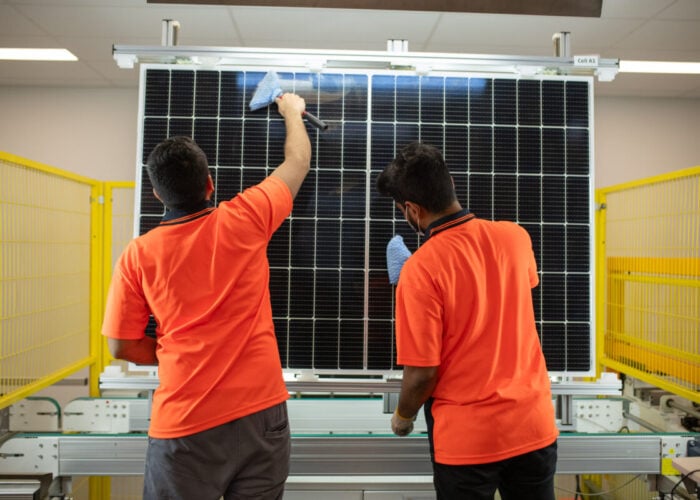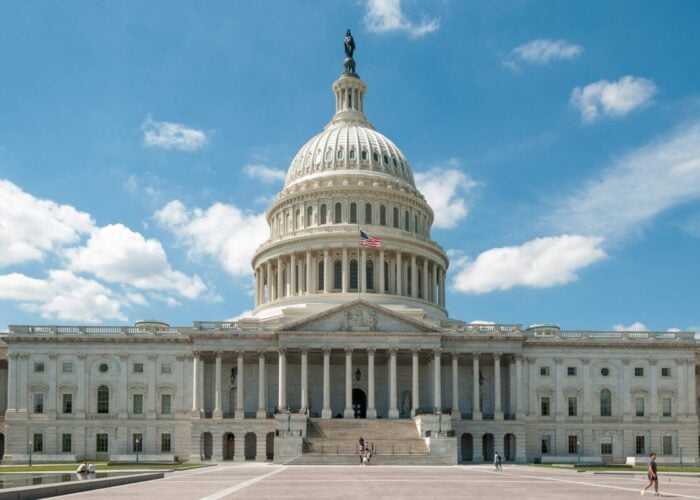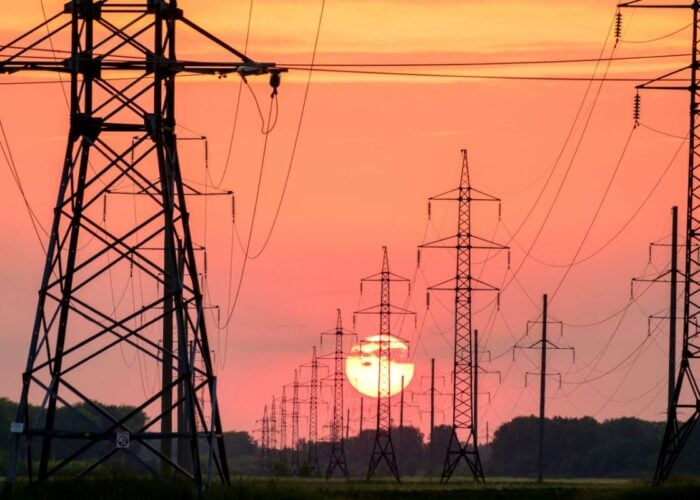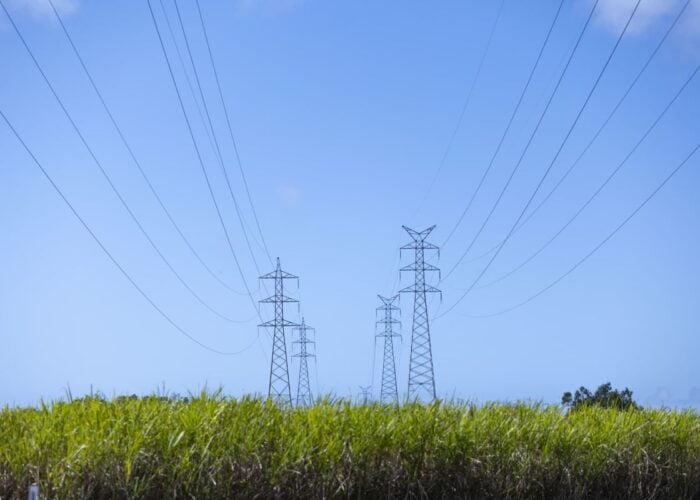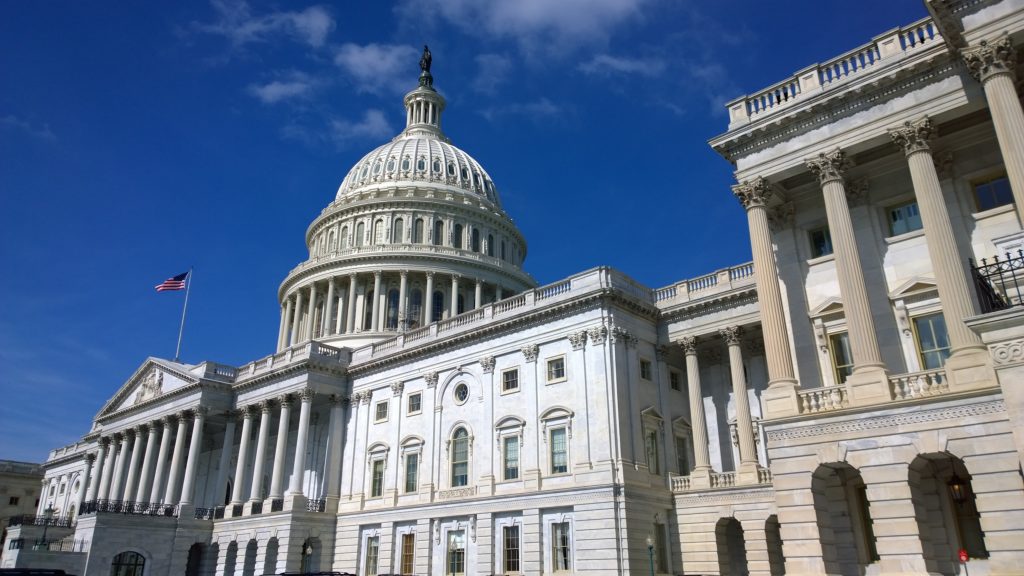
US president Joe Biden has reached a bipartisan agreement with democrat and republican senators on a US$1.2 trillion infrastructure plan.
But the plan, which was originally intended to contain US$2 trillion of new spending, has made compromises on clean energy, with the much called for 10-year extension of the Investment Tax Credit notably missing from yesterday’s announcement.
Try Premium for just $1
- Full premium access for the first month at only $1
- Converts to an annual rate after 30 days unless cancelled
- Cancel anytime during the trial period
Premium Benefits
- Expert industry analysis and interviews
- Digital access to PV Tech Power journal
- Exclusive event discounts
Or get the full Premium subscription right away
Or continue reading this article for free
The infrastructure framework is seen as the first step towards the realisation of Biden’s wider American Jobs Plan, which is seeking investment upwards of US$2 trillion in the country’s infrastructure and manufacturing sector.
Nonetheless, under the agreed plan, renewable infrastructure investment, particularly in energy transmission and grid systems, will receive a US$73 billion boost, which paves the way for greater renewable energy capacity moving forward.
The plan will upgrade US “power infrastructure, including by building thousands of miles of new, resilient transmission lines to facilitate the expansion of renewable energy, including through a new Grid Authority,” said a White House statement.
In total, it calls for US$973 billion in spending over the next five years, with US$1.2 trillion proposed over the next eight, factoring in the federal government’s current baseline.
The infrastructure plan agreed yesterday “is the single largest investment in clean energy transmission in American history”, added the White House statement.
The framework will be financed through a combination of taxes, corporate user fees and “the macroeconomic impact of infrastructure investment”.

